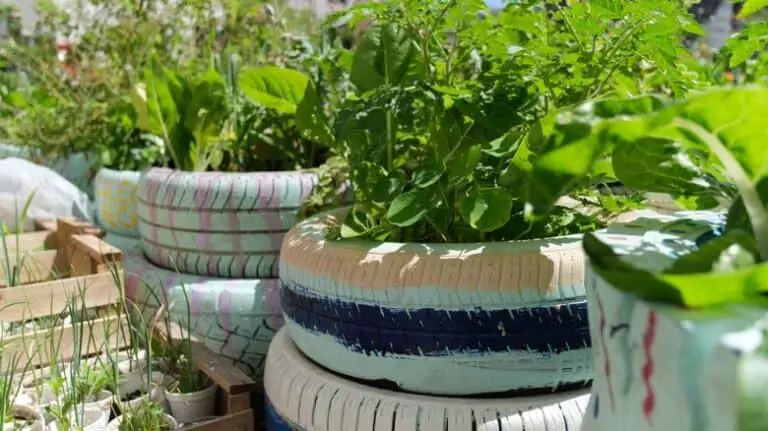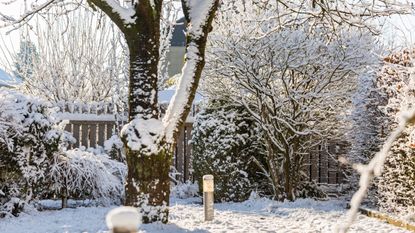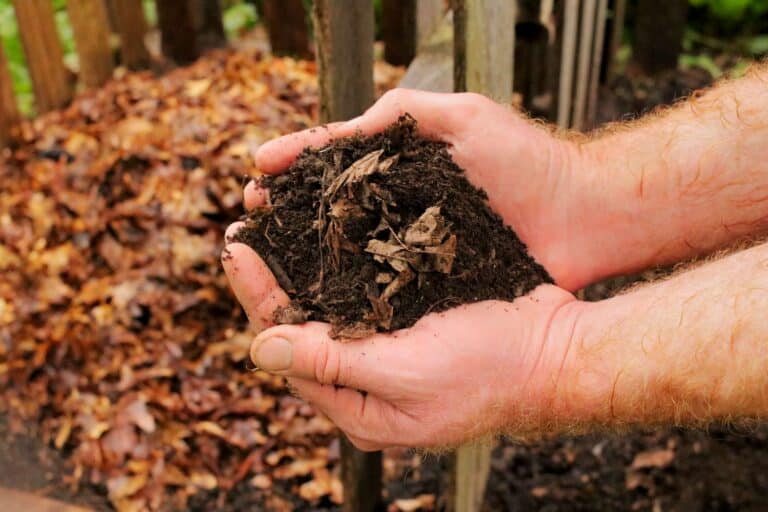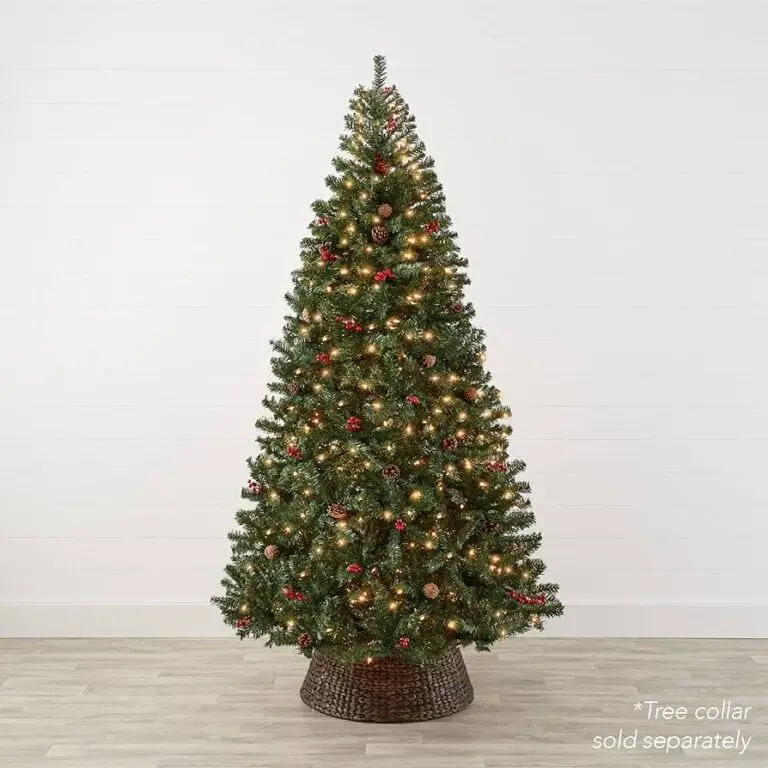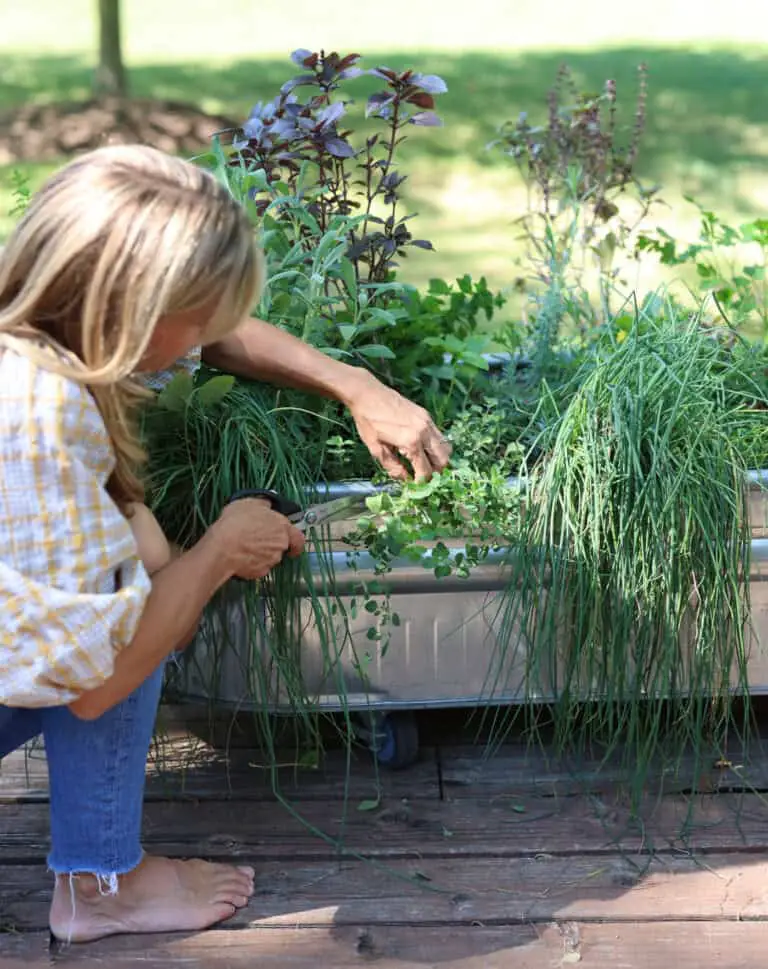10 Stunning Shade-Loving Perennials to Transform Your Garden
Ten beautiful, shade-loving perennials can transform your garden into a lush and vibrant oasis. These plants thrive without direct sunlight, making them perfect for shaded areas.
Gardening enthusiasts often face the challenge of finding plants that flourish in shaded spots. Shade-loving perennials offer a perfect solution, adding color and life to these areas. These plants not only survive but thrive in low-light conditions, providing a lush, green backdrop and bursts of color throughout the growing season.
With a variety of textures, heights, and hues, shade-loving perennials can create a dynamic and visually appealing garden space. Whether you have a shaded corner or a dense canopy, these perennials will enhance your garden’s beauty and ensure year-round interest.
Hosta
The Hosta is a favorite for shady gardens. Known for its lush foliage, this perennial adds texture and color. Hostas thrive in low-light areas, making them perfect for spots under trees or beside buildings.
Varieties To Consider
Hostas come in many shapes, sizes, and colors. Here are some popular varieties:
- Sum and Substance – Large leaves, light green color.
- Patriot – Green leaves with white edges.
- Blue Angel – Blue-green leaves, very large.
- Golden Tiara – Small, yellow-green leaves.
- June – Blue-green leaves with gold centers.
Care Tips
Follow these care tips to keep your Hostas healthy:
| Task | Details |
|---|---|
| Planting | Plant in spring or fall. Ensure soil is moist but well-drained. |
| Watering | Water regularly, especially during dry spells. Keep soil consistently moist. |
| Fertilizing | Use a balanced fertilizer in spring. Apply mulch to retain moisture. |
| Pest Control | Watch for slugs and snails. Use organic slug pellets if needed. |
With proper care, Hostas will thrive and become the star of your shady garden.
:max_bytes(150000):strip_icc()/ms-bugleweed-getty-61ea9b2437f64722b3480fda9dd6b2e1.jpg)
Credit: www.marthastewart.com
Astilbe
Astilbe is a stunning perennial that thrives in shady gardens. Its feathery plumes and fern-like foliage add texture and beauty. Astilbe blooms from late spring to summer, providing color in darker garden areas. This low-maintenance plant is perfect for gardeners seeking vibrant, shade-loving options.
Flower Colors
Astilbe offers a delightful range of flower colors. These perennials bloom in shades of:
- White
- Pink
- Red
- Purple
The vibrant hues of Astilbe flowers brighten any shady spot. Their feathery plumes create a striking contrast against the green foliage. Each color variety offers unique appeal, making Astilbe a versatile choice for diverse garden themes.
Planting Guide
Planting Astilbe is simple and rewarding. Follow these steps for successful growth:
- Choose a Shady Spot: Select a location with partial to full shade.
- Prepare the Soil: Ensure well-draining, rich, and moist soil.
- Planting Depth: Dig a hole deep enough to cover the root ball.
- Spacing: Space plants 12 to 18 inches apart.
- Watering: Water thoroughly after planting and keep soil moist.
Astilbe prefers consistently moist soil. Mulch around the plants to retain moisture and suppress weeds. Fertilize in spring with a balanced, slow-release fertilizer for best results.
| Aspect | Details |
|---|---|
| Light | Partial to full shade |
| Soil | Well-draining, rich, moist |
| Spacing | 12 to 18 inches apart |
| Watering | Keep soil moist |
| Fertilizing | Balanced, slow-release fertilizer in spring |
With proper care, Astilbe will reward you with beautiful blooms year after year. Its vibrant colors and feathery plumes make it a standout in any shade garden.
Bleeding Heart
The Bleeding Heart is a perennial plant known for its heart-shaped flowers. It thrives in shady areas and adds a touch of elegance to any garden. This plant is ideal for those looking to add some charm and beauty to their shaded garden spaces.
Unique Features
The Bleeding Heart stands out due to its unique, heart-shaped flowers. These flowers usually bloom in shades of pink and white. The plant’s foliage is feathery and fern-like, adding texture to your garden.
- Heart-shaped flowers
- Pink and white blooms
- Feathery, fern-like foliage
Growing Conditions
Bleeding Hearts prefer shady areas with indirect sunlight. They thrive in well-draining soil rich in organic matter. These perennials need consistent moisture but dislike waterlogged conditions.
| Light | Partial to full shade |
|---|---|
| Soil | Well-draining, rich in organic matter |
| Water | Keep soil consistently moist |
| USDA Zones | 3-9 |
For best results, plant Bleeding Hearts in spring or fall. Mulch around the base to retain moisture and suppress weeds. These plants are relatively low-maintenance but benefit from regular watering and occasional feeding.
Heuchera
Heuchera, commonly known as Coral Bells, is a shade-loving perennial. It’s cherished for its vibrant and colorful foliage. This hardy plant adds visual interest to any garden. Let’s dive into the details of this beautiful plant.
Foliage Variations
Heuchera showcases a wide array of foliage colors. Some popular choices include:
- Green: Traditional and lush.
- Red: Eye-catching and vibrant.
- Purple: Deep and rich tones.
- Silver: Unique and shimmering.
These variations make Heuchera a versatile plant. You can mix and match them for a stunning garden display.
Maintenance Tips
Heuchera is easy to maintain. Here are some essential tips:
- Watering: Keep the soil moist but not soggy.
- Mulching: Use mulch to retain moisture.
- Pruning: Remove dead leaves regularly.
- Fertilizing: Apply a balanced fertilizer in spring.
Following these tips ensures your Heuchera stays healthy and vibrant.
| Task | Frequency | Notes |
|---|---|---|
| Watering | Weekly | Adjust based on weather |
| Mulching | Annually | Use organic mulch |
| Pruning | As needed | Remove dead leaves |
| Fertilizing | Spring | Use balanced fertilizer |
Ferns
Ferns are perfect for shady gardens. Their delicate fronds add elegance. They thrive in low light and bring lush greenery.
Popular Types
- Boston Fern: Known for its feathery fronds.
- Maidenhair Fern: Features delicate, fan-shaped leaves.
- Japanese Painted Fern: Displays unique silver and purple hues.
- Ostrich Fern: Tall and arching, resembling ostrich plumes.
- Lady Fern: Graceful, with finely cut leaves.
Ideal Soil
Ferns prefer moist, well-drained soil. They thrive in soil rich in organic matter.
Amend the soil with compost or leaf mold. Ensure the soil remains consistently damp.
Avoid waterlogged conditions. Ferns do well in slightly acidic soil, with a pH of 6.0 to 7.0.
Check the soil regularly. Mulch around the plants to retain moisture.
| Soil Type | Description |
|---|---|
| Moist | Keep soil consistently damp. |
| Well-drained | Prevents waterlogging. |
| Rich in Organic Matter | Use compost or leaf mold. |
| Slightly Acidic | pH 6.0 to 7.0 is ideal. |
Brunnera
Brunnera, also known as Siberian Bugloss, is a stunning perennial that thrives in the shade. Its heart-shaped leaves and delicate blue flowers make it a favorite among gardeners. This plant not only adds beauty but also provides a lush, green backdrop in shaded areas.
Leaf Patterns
The leaves of Brunnera are its most striking feature. They are heart-shaped and can grow quite large. The leaves often have a silvery sheen with intricate veining. This creates a striking contrast in the garden. The patterns on the leaves can vary from plant to plant. Some have a speckled look, while others have distinct, bold lines.
Watering Needs
Brunnera prefers moist soil but can tolerate short dry spells. It’s crucial to keep the soil consistently damp, especially during hot months. Over-watering can lead to root rot, so ensure good drainage. Watering in the early morning is best. This allows the leaves to dry off during the day, preventing fungal issues.
Lungwort
Lungwort is a unique perennial with a name that might surprise you. Its stunning foliage and vibrant flowers add charm to shaded gardens. Known for its speckled leaves, Lungwort can brighten any dark spot.
Blooming Season
Lungwort blooms in early spring, right after winter fades away. Its flowers come in shades of blue, pink, and white. This early blooming makes it a great addition for spring color.
Pest Resistance
Lungwort is highly resistant to pests and diseases. Its leaves are not attractive to deer or rabbits. This makes Lungwort a low-maintenance choice for shade gardens.
| Feature | Details |
|---|---|
| Blooming Season | Early Spring |
| Pest Resistance | High |
- Foliage: Speckled, green leaves
- Flowers: Blue, pink, white
- Height: 12-18 inches
- Plant in partial to full shade.
- Water regularly, but avoid waterlogging.
- Use mulch to retain moisture.
:max_bytes(150000):strip_icc()/shade-loving-shrubs-add-dimension-to-garden-lead-rhododendron-getty-0723-99bfb465ef20432fae2f03a24bbb9632.jpg)
Credit: www.marthastewart.com
Toad Lily
The Toad Lily is a unique addition to any shade garden. Its exotic flowers bloom in late summer to fall. This perennial thrives in shaded areas, adding color and interest.
Exotic Appearance
The Toad Lily boasts an exotic appearance that sets it apart. The blooms are small but striking. Each flower has a star-like shape with purple spots. The petals are waxy and sometimes have a blue tint. This plant adds a touch of the unusual to your garden. It also complements other shade-loving plants.
Light Requirements
The Toad Lily is perfect for shade gardens. It needs partial to full shade to thrive. Direct sunlight can damage its delicate flowers. Plant it in areas with filtered sunlight for best results. A spot under trees or next to a north-facing wall works well. This plant is ideal for gardens with low light.
| Light Condition | Suitability |
|---|---|
| Full Shade | Excellent |
| Partial Shade | Good |
| Full Sun | Poor |
- Exotic blooms that capture attention
- Thrives in shady areas
- Perfect under trees or beside walls
Solomon’s Seal
Solomon’s Seal is a stunning perennial that thrives in the shade. Its arching stems and dangling, white bell-shaped flowers create an elegant display in any garden. This plant is perfect for adding texture and beauty to shaded areas.
Growth Habit
Solomon’s Seal has a unique growth habit. It features arching stems that can reach up to 3 feet in height. The stems are adorned with alternate, oval-shaped leaves that are dark green and have a slight sheen.
In spring, small, white, bell-shaped flowers hang from the leaf axils. These flowers eventually give way to blue-black berries in late summer. The plant spreads slowly through rhizomes, creating dense clusters over time.
Propagation Methods
There are several propagation methods for Solomon’s Seal. The most common methods include:
- Division: In early spring or fall, dig up the rhizomes and separate them into smaller sections. Each section should have at least one bud.
- Seeds: Collect seeds from the berries and sow them in a cold frame. Germination can be slow, often taking up to a year.
Division is the easiest and most reliable method. It ensures the new plants maintain the same characteristics as the parent plant.

Credit: www.plantsfordallas.com
Japanese Forest Grass
Japanese Forest Grass, also known as Hakonechloa, is a versatile perennial. It thrives in shaded gardens and adds a touch of elegance. This grass is loved for its graceful, cascading foliage. It can enhance the beauty of any garden space.
Texture And Color
The texture of Japanese Forest Grass is soft and flowing. Its arching leaves create a waterfall effect. The leaves are usually a vibrant green. Some varieties feature golden or variegated leaves. This grass changes color with the seasons. In the fall, it turns a stunning golden yellow. This adds seasonal interest to your garden.
Seasonal Care
Caring for Japanese Forest Grass is simple. It needs minimal maintenance. Here are some tips for each season:
| Season | Care Tips |
|---|---|
| Spring | Remove dead foliage to encourage new growth. |
| Summer | Keep the soil moist, but avoid waterlogging. |
| Fall | Watch the leaves turn golden. Enjoy the color change. |
| Winter | Cut back the foliage once it dies back. |
Follow these steps to keep your Japanese Forest Grass healthy and vibrant. It will reward you with beauty throughout the year.
Frequently Asked Questions
What Are The Easiest Perennials To Grow In Shade?
Hostas, ferns, and astilbes are the easiest perennials to grow in shade. They thrive with minimal care and enhance garden beauty.
What Is The Longest Blooming Shade Perennial?
The longest-blooming shade perennial is the Hellebore. It blooms from late winter to early spring, lasting several weeks.
Are There Any Flowering Plants That Do Well In Shade?
Yes, many flowering plants thrive in shade. Hostas, astilbes, and begonias are popular choices. These plants add color and beauty to shaded areas.
Conclusion
Transform your garden into a lush, shaded haven with these stunning perennials. They thrive in low-light conditions and add beauty. Planting these shade-loving perennials ensures vibrant colors and textures. Enjoy a low-maintenance, gorgeous garden throughout the seasons. Enhance your outdoor space effortlessly with these wonderful plant choices.


